The high-precision slitting of the film slitting machine is a key link in precision manufacturing, and its core technology involves multidisciplinary collaboration such as mechanical design, control system, material characteristics and process optimization. The following is a systematic analysis from the key points of the core technology, the implementation path and the frontier direction of the industry:

First, the core technical elements of high-precision slitting
1. Tension control system
◦ Closed-loop tension control: Magnetic particle brake/servo motor + tension sensor is used to form a real-time feedback system, and the tension fluctuation needs to be controlled within ±0.5N (such as the requirements of lithium battery separator slitting).
◦ Segmented tension model: According to the difference in the elastic modulus of the film, the gradient tension is set in the unwinding, traction and winding sections (for example, the slitting tension of PET film is usually 50-200N/m).
◦ Inertia compensation algorithm: For the dynamic inertia at high speed start-stop (>600m/min), the feedforward control algorithm is used to reduce tension overshoot.
2. Motion control accuracy
◦ Servo system response speed: it needs to reach the millisecond level (such as position correction within 0.1ms), and EtherCAT bus communication is used to reduce latency.
◦ Radial runout of the cutter shaft: The high-precision air bearing can control the runout within ±1μm (such as the requirement of optical film slitting).
◦ Synchronous control technology: master-slave electronic gear ratio synchronization to ensure that the speed matching error of unwinding-slitting-rewinding is <0.05%.
3. Cutting system optimization
◦ Tool selection: diamond-coated round inserts (life of more than 2000km) or laser cutting (heat-affected zone <50μm).
◦ Dynamic guiding system: CCD visual positioning + piezoelectric actuator to achieve ±0.1mm guiding accuracy (such as MLCC release film slitting).
◦ Tool angle control: The inclination angle of the cutting edge is usually set at 20°-30° to reduce the burr at the edge of the film.
4. Vibration suppression technology
◦ Active vibration damping design: Finite element analysis is used to optimize the modal frequency of the frame, avoiding the excitation band of the slitting speed (e.g., > 150Hz).
◦ Air suspension support: Air bearings are used for high-speed shafts (>3000rpm) to reduce the vibration amplitude by more than 50%.
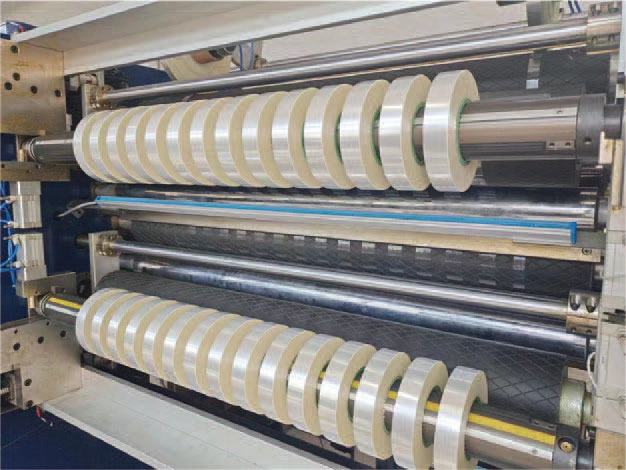
Second, the engineering path to achieve high-precision slitting
1. Equipment selection and configuration
◦ Selection of servo motors with 20-bit encoder (resolution up to 0.01 μm)
◦ Equipped with high rigidity linear guide (repeat positioning accuracy±0.005mm)
◦ Real-time feedback using a thickness detector (e.g., β radiographic thickness gauge, accuracy ±0.1μm).
2. Optimization of process parameters
◦ Adjust according to film type:
▪ Slitting speed (PP film: 800m/min, PI film: 200m/min)
▪ Tool temperature (heating to 60-80°C reduces brittleness of PET film)
▪ Winding pressure (linearly increasing control, initial pressure 2-3N/cm²)
3. Intelligent compensation system
◦ Machine learning-based tension prediction models (e.g., LSTM networks to predict tension fluctuation trends)
◦ Thermal deformation compensation algorithm (compensation for the thermal elongation of the tool axis from 0.1 to 0.3 mm/m)
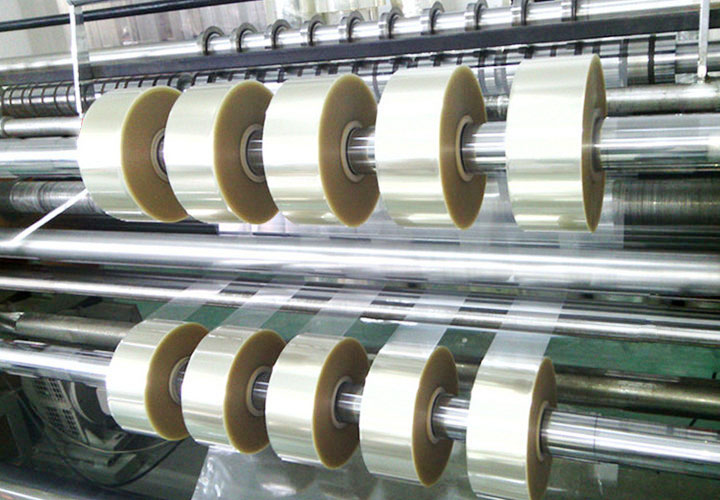
Third, the industry's cutting-edge technology direction
1. Digital twin system
◦ Virtual commissioning technology reduces commissioning time by up to 30 percent, such as tool life prediction with Siemens Process Simulate.
2. Ultra-precision slitting technology
◦ Ion beam cutting (edge roughness Ra<0.05μm) is used for OLED flexible substrate slitting.
◦ Femtosecond laser cold working (slit width< 10 μm) is suitable for ultra-thin graphene films.
3. Modular design
◦ Quick-change tool holder (changeover time< 5 minutes) to meet the needs of high-mix, low-volume production.
Fourth, comparison of parameters of typical application scenarios
| Film type | Slitting accuracy requirements | Typical speed | Tension control range |
| Lithium battery separator | ±0.1mm | 150m/min | 15-30N |
| Optical grade PET | ±0.05mm | 80m/min | 50-100N |
| Ultra-thin copper foil (6μm) | ±0.03mm | 60m/min | 5-10N |
epilogue
To achieve high-precision slitting of thin films, it is necessary to break through the collaborative bottleneck of "mechanical accuracy-control algorithm-material adaptability". In the future, the trend will be to develop towards intelligence (digital twin + AI optimization), extreme (nano-scale slitting/ultra-high-speed), and green (low-energy design). Equipment manufacturers need to develop dedicated solutions for emerging fields such as 5G film and flexible displays.




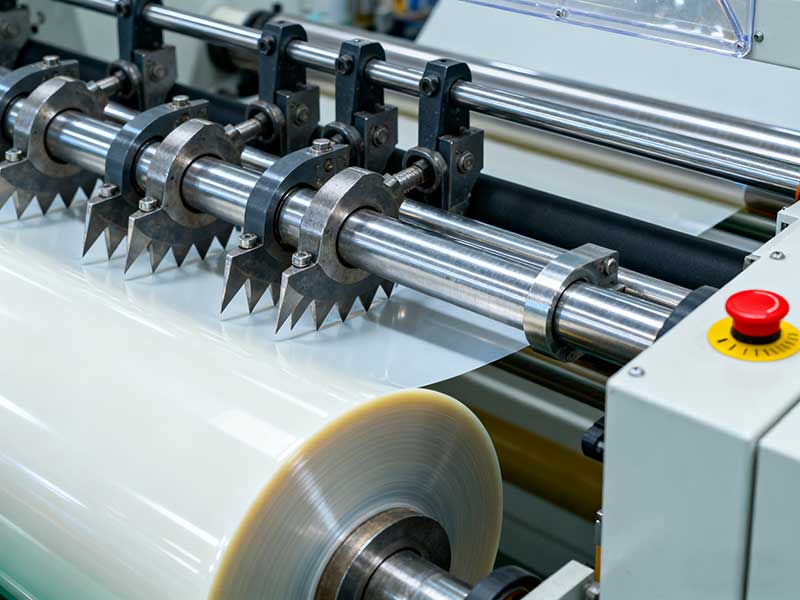
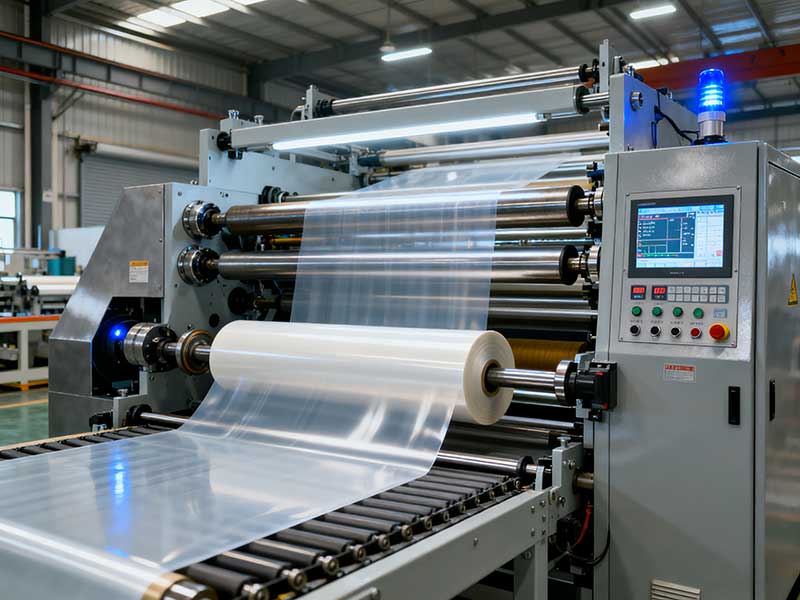
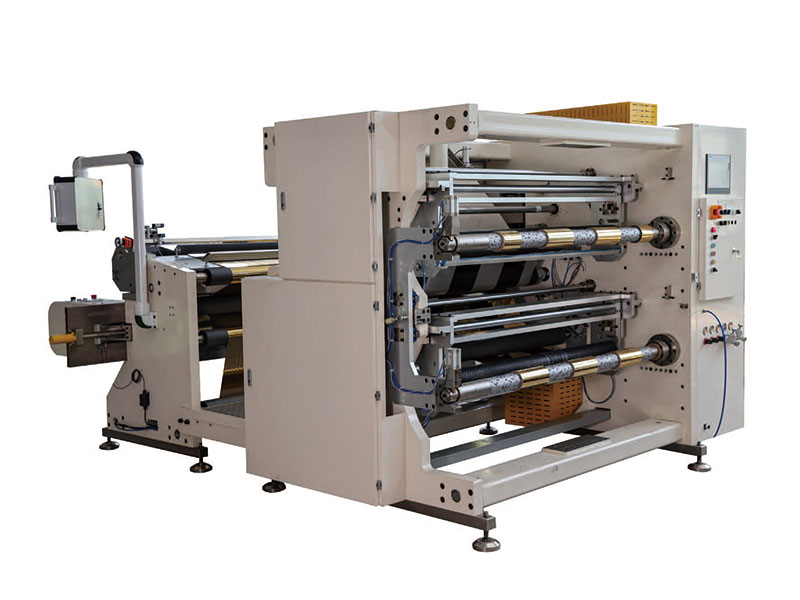 1400mm Hot Stamping Foil Slitting Machine
1400mm Hot Stamping Foil Slitting Machine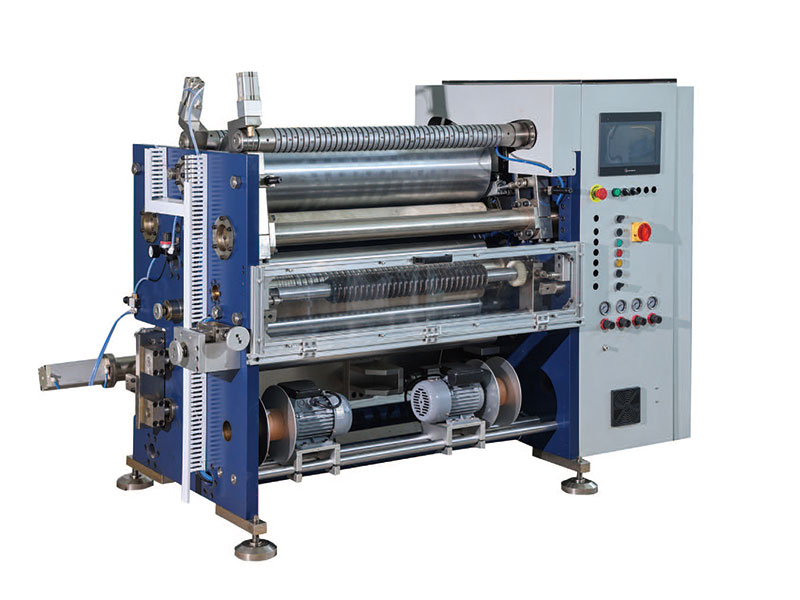 800mm Hot Stamping Foil Slitting Machine
800mm Hot Stamping Foil Slitting Machine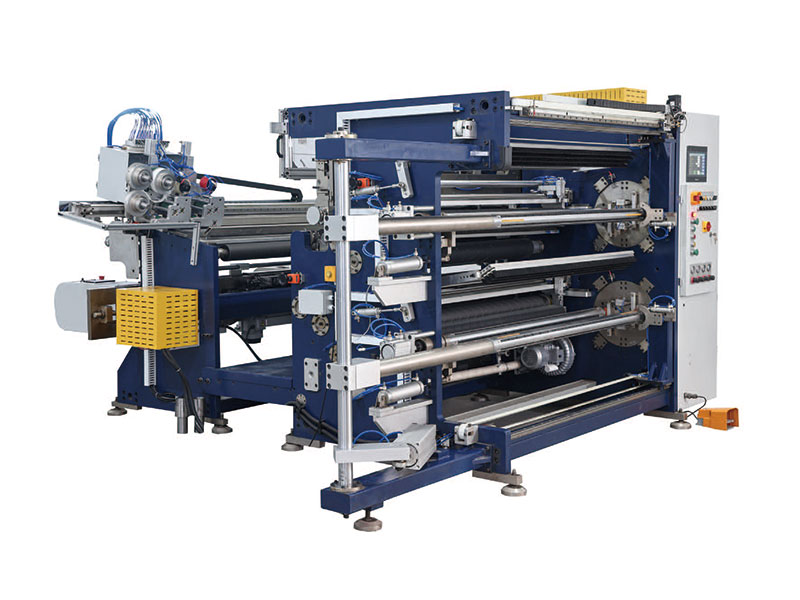 1350mm Hot Stamping Foil Slitting Machine
1350mm Hot Stamping Foil Slitting Machine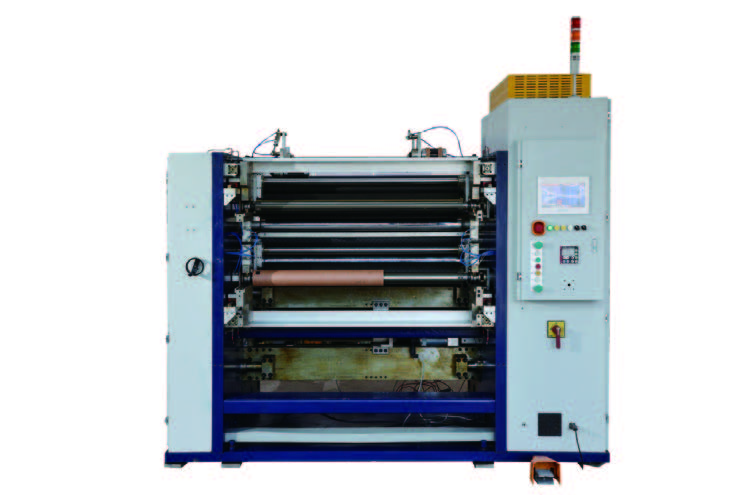 New Energy Ultra-thin Film Slitting Machine For Capacitive Film
New Energy Ultra-thin Film Slitting Machine For Capacitive Film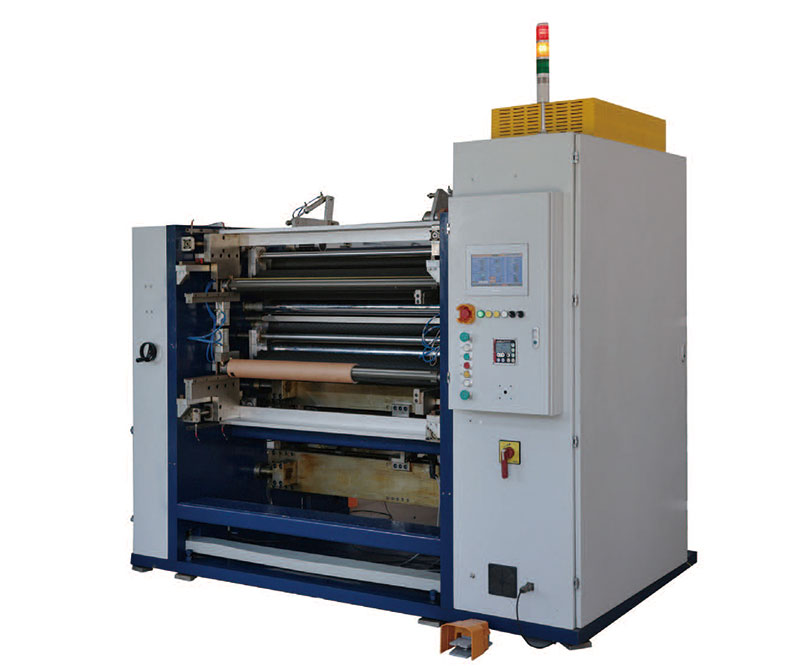 New Energy Ultra-thin Film Slitting Machine For MOPP
New Energy Ultra-thin Film Slitting Machine For MOPP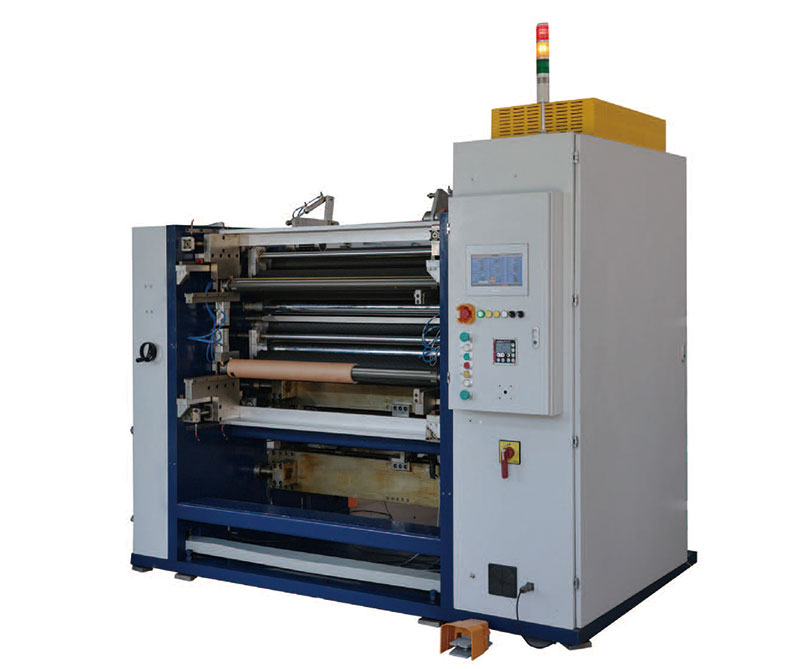 New Energy Ultra-thin Film Slitting Machine For MPET
New Energy Ultra-thin Film Slitting Machine For MPET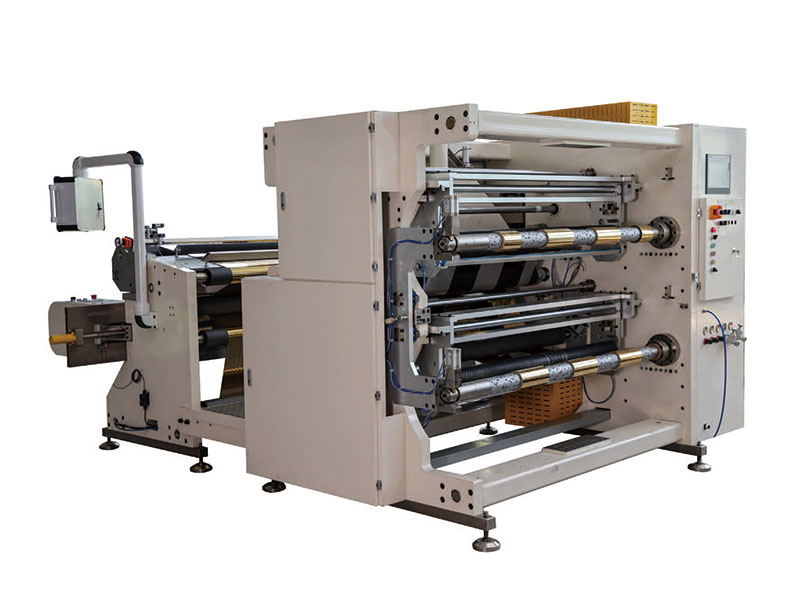 1400mm Aluminium Foil Slitting Machine
1400mm Aluminium Foil Slitting Machine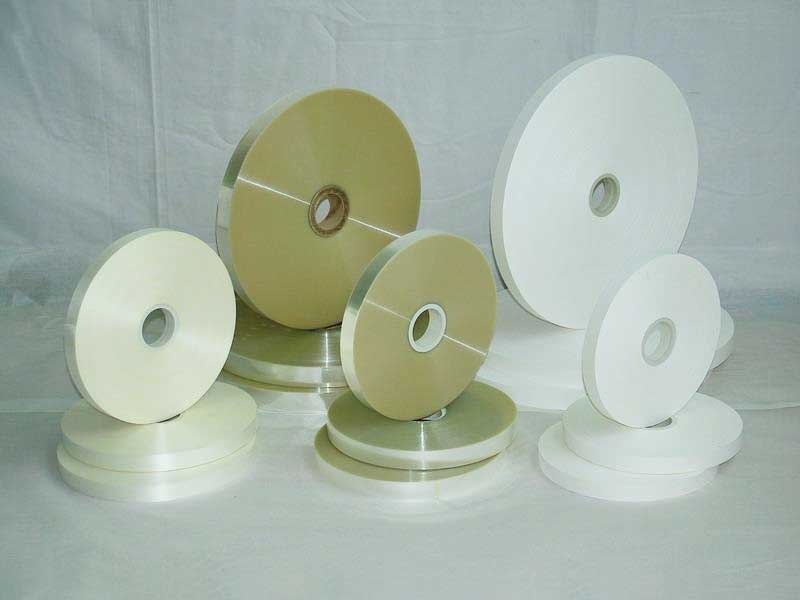 Film Slitting Machine
Film Slitting Machine

